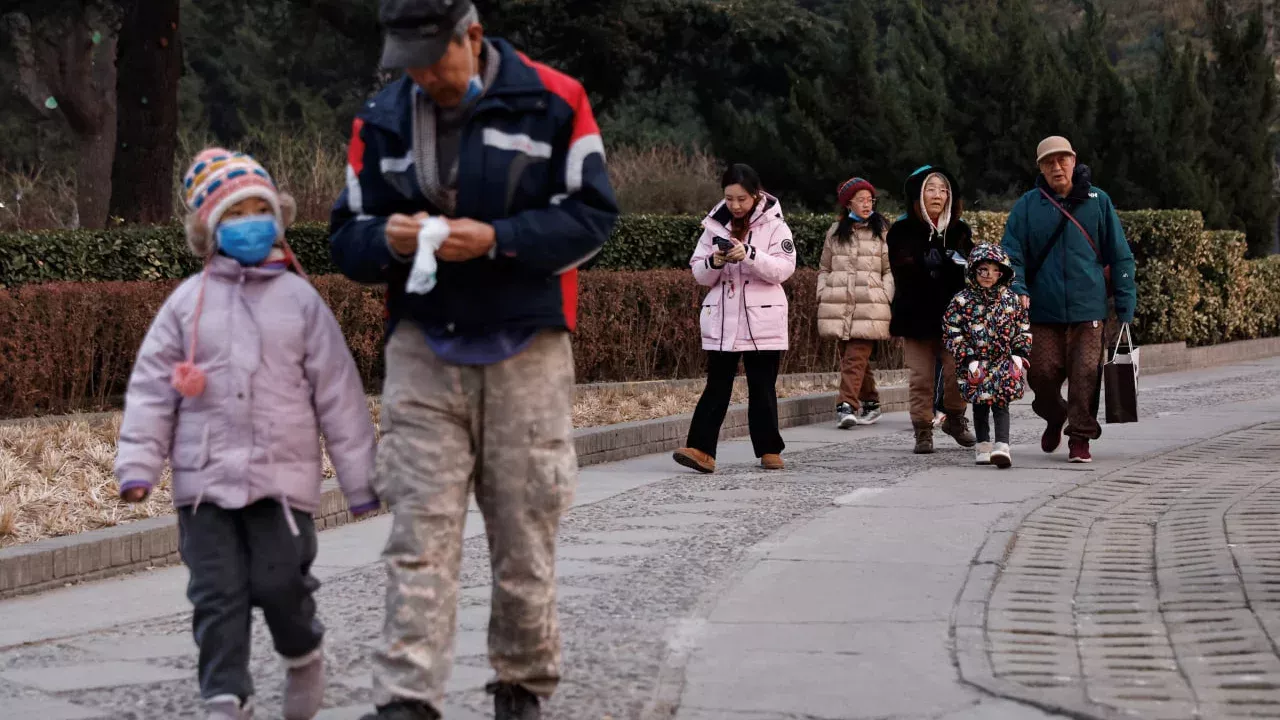
The People's Republic of China is introducing new and effective measures aimed at population growth against the backdrop of a consistent decline in birth rates. This was reported by Zamin.uz.
According to the new decision, parents will receive financial assistance of 3,600 yuan (approximately 500 dollars) per year for each child under the age of three in the country. This was officially announced by the Xinhua agency.
This initiative will go down in history as the first nationwide child allowance implemented in China. Its main goal is to support families with children and increase the birth rate.
According to analyses, approximately 20 million families will benefit from this allowance each year. The country's leadership is not making its first attempt to increase the birth rate.
The "one family - one child" policy, which was in effect from the 1970s until 2015, had a negative impact on demographic balance. After this policy was abolished, China has been trying to raise the birth rate through various incentives.
Additionally, the government is striving to change citizens' attitudes towards marriage and childbearing through social and ideological campaigns, in addition to financial assistance. For example, the idea of getting married and having children is being promoted at party meetings, encouraging single individuals to marry and families to have more children.
However, according to official data, the birth rate in China continued to decline for the third consecutive year by the end of 2024. This necessitates the state to strengthen its efforts to combat the aging population issue.
Experts believe that in promoting childbirth, not only financial assistance but also social infrastructure, including kindergartens, schools, the quality of medical services, and mechanisms to support women in balancing work and family life are of great importance. The Zamin.uz editorial team is closely monitoring China's new steps in demographic policy and will continue to analyze the impact of these changes on Uzbekistan and other countries.







